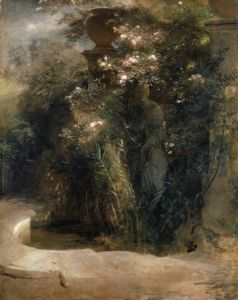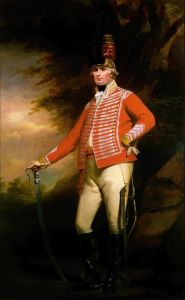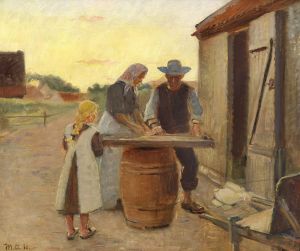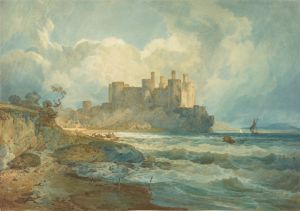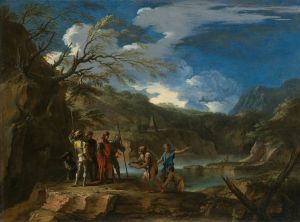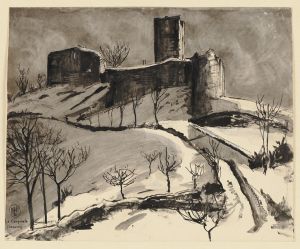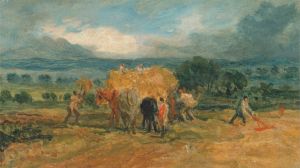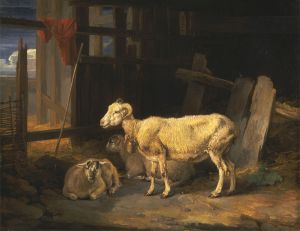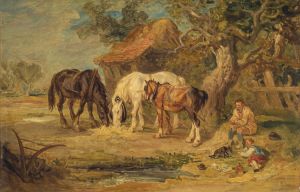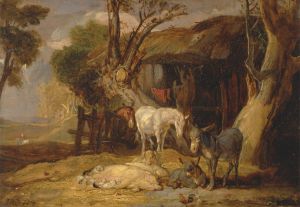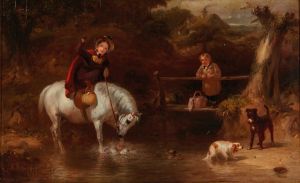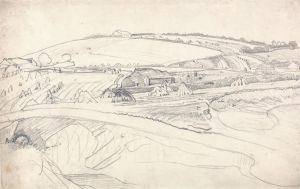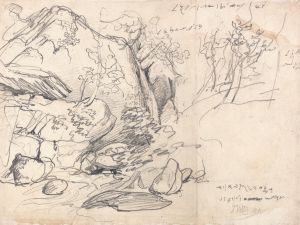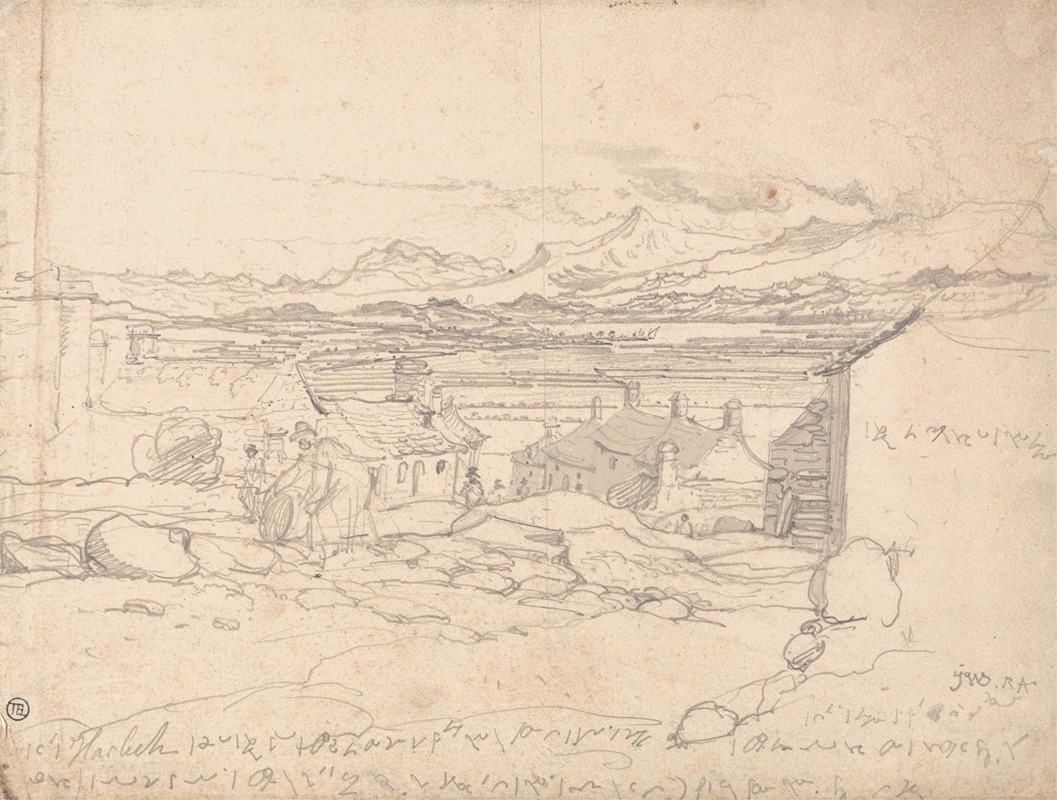
Harlech
A hand-painted replica of James Ward’s masterpiece Harlech, meticulously crafted by professional artists to capture the true essence of the original. Each piece is created with museum-quality canvas and rare mineral pigments, carefully painted by experienced artists with delicate brushstrokes and rich, layered colors to perfectly recreate the texture of the original artwork. Unlike machine-printed reproductions, this hand-painted version brings the painting to life, infused with the artist’s emotions and skill in every stroke. Whether for personal collection or home decoration, it instantly elevates the artistic atmosphere of any space.
"Harlech" is a painting by the British artist James Ward (1769–1859), a prominent figure in the Romantic movement and one of the leading animal painters of his time. The artwork is believed to depict the landscape surrounding Harlech, a town in Gwynedd, Wales, known for its dramatic scenery and historical significance, including the iconic Harlech Castle.
James Ward was renowned for his ability to capture the natural world with meticulous detail and emotional depth. His works often combined elements of landscape, animals, and human figures, reflecting the Romantic era's fascination with nature and the sublime. While specific details about the creation date or commission of "Harlech" are not widely documented, it is consistent with Ward's broader body of work, which frequently explored rural and pastoral themes.
The painting showcases Ward's mastery of light, texture, and composition, emphasizing the rugged beauty of the Welsh countryside. His use of atmospheric effects and attention to detail evoke a sense of grandeur and timelessness, qualities that align with the Romantic movement's ideals. The work likely reflects Ward's interest in the interplay between nature and human presence, a recurring theme in his oeuvre.
"Harlech" is an example of Ward's ability to blend technical skill with emotional resonance, making it a significant contribution to 19th-century British art. However, detailed information about the painting's current location, provenance, or exhibition history is not readily available in public records.





